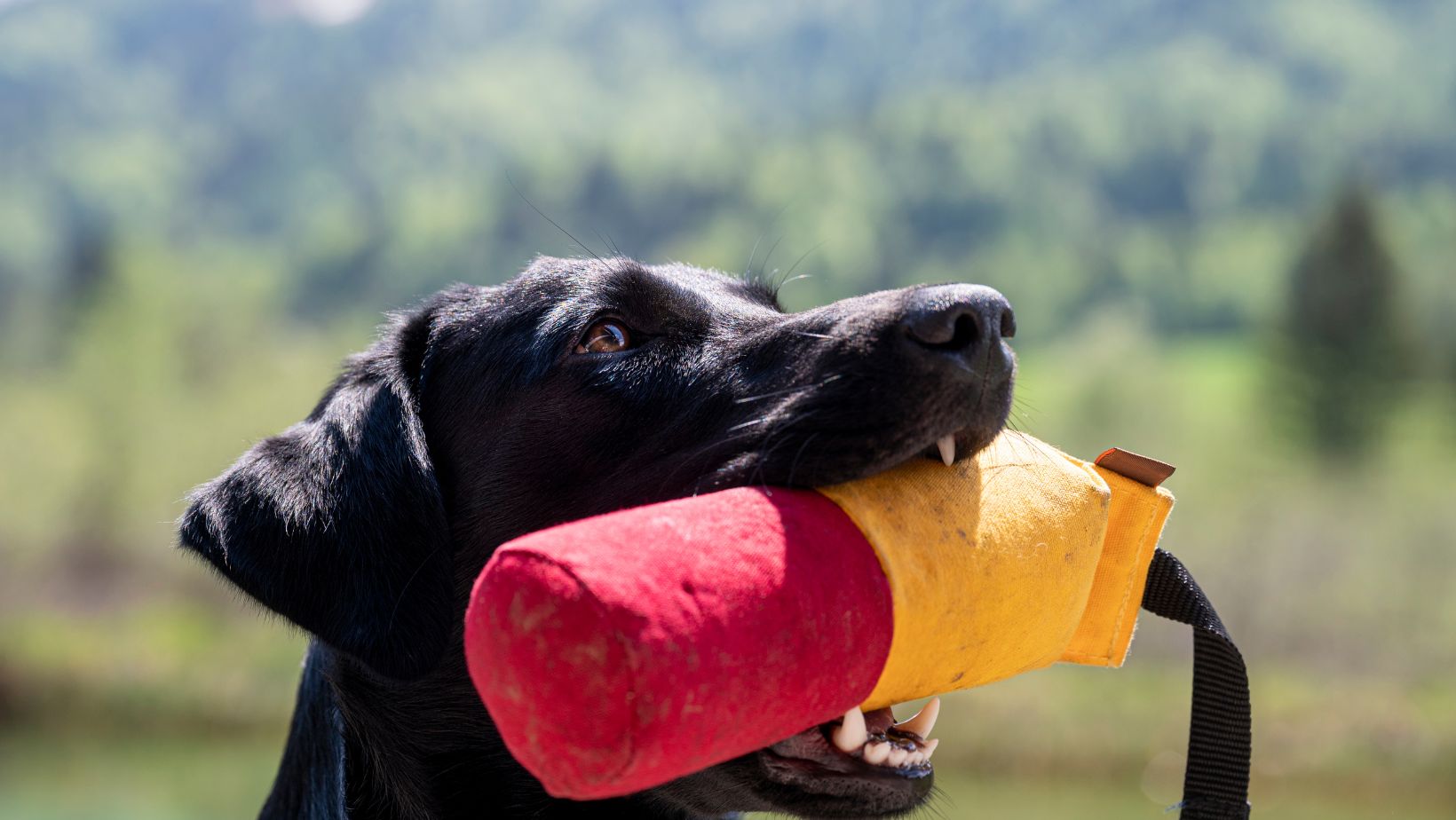How to Train My Dog Not to Bite
Are you struggling with how to train your Labrador not to bite? Don’t worry, I’ve got you covered! Teaching your dog not to bite is an important aspect of their training, ensuring the safety of both your furry friend and those around them. In this article, I’ll share some effective strategies and tips that will help you curb biting behavior in your Labrador.
Labradors are known for their friendly and affectionate nature, but sometimes they may exhibit biting tendencies, especially during their puppy stage. It’s crucial to address this behavior early on to prevent it from becoming a habit. The first step is understanding why Labradors bite. Puppies often use their mouths as a way to explore the world around them or when they’re teething. However, if left unchecked, this behavior can persist into adulthood.
To train your Labrador not to bite, consistency is key. Start by providing appropriate chew toys and redirecting their attention whenever they attempt to nip or bite. Positive reinforcement techniques such as praise and treats can also be used to reward good behavior and discourage biting. Remember that patience and persistence are essential when training any dog.
Establishing a Positive Training Environment for My Labrador
When it comes to training my Labrador not to bite, creating a positive training environment is crucial. Dogs, including Labradors, respond best when they feel safe, secure, and motivated. By setting the stage for positive reinforcement and effective communication, I can foster a healthy learning experience for my furry companion.
Here are some key steps I take to establish a positive training environment for my Labrador:
- Create a designated training area: To minimize distractions and promote focus during training sessions, I designate a specific area where my Labrador and I can work together. This could be inside the house or in the backyard, as long as it’s quiet and free from excessive noise or interruptions.
- Ensure physical and mental stimulation: A tired dog is often more receptive to learning. Before each training session, I make sure to provide ample physical exercise through walks or playtime. Additionally, engaging my Labrador in mentally stimulating activities such as puzzle toys or obedience exercises helps keep their mind sharp and ready for training.
- Use positive reinforcement: Positive reinforcement is essential in teaching my Labrador appropriate behaviors while discouraging biting tendencies. Whenever my dog displays desired behavior—such as gentle mouthing instead of biting—I reward them with treats, praise, or affectionate gestures like petting and belly rubs. This encourages repeat behavior and strengthens our bond.
- Consistency is key: Consistency plays a vital role in establishing an effective training environment for Labradors (and dogs in general). By using consistent commands and cues during training sessions, I help minimize confusion and ensure that my Labrador understands what is expected of them.
- Avoid punishment-based methods: Punishment-based techniques can create fear or anxiety in dogs, which may exacerbate aggressive tendencies like biting. Instead of relying on harsh corrections or reprimands when my Labrador bites, I focus on redirecting their attention to appropriate chew toys or providing alternative behaviors to replace biting.
Establishing a positive training environment sets the foundation for successful training sessions with my Labrador. By creating a safe and supportive atmosphere, using positive reinforcement, and maintaining consistency, I can effectively teach my dog not to bite while strengthening our bond along the way.
Seeking Professional Help if Needed
When it comes to training your dog not to bite, sometimes it can be a challenging task. While there are many techniques and strategies you can try on your own, seeking professional help may be necessary in certain situations. Here’s why reaching out to a qualified dog trainer or behaviorist can make a significant difference:
- Specialized Expertise: Professional trainers and behaviorists have extensive knowledge and experience working with different breeds, including Labradors. They understand the unique characteristics of these dogs and can tailor their training methods accordingly. Their specialized expertise allows them to identify the underlying causes of biting behavior and develop effective strategies to address it.
- Behavior Assessment: A professional can conduct a thorough assessment of your Labrador’s behavior to determine the root cause of the biting issue. They will observe your dog’s interactions, analyze triggers for aggression, and assess any underlying health conditions that might contribute to the behavior. This comprehensive evaluation helps create a personalized training plan that targets specific problem areas.
- Customized Training Plans: One size does not fit all when it comes to training dogs not to bite. Professional trainers will design customized training plans based on your Labrador’s individual needs and temperament. These plans may include positive reinforcement techniques, desensitization exercises, impulse control exercises, and socialization activities tailored specifically for your dog.
- Addressing Fear or Anxiety: Biting behavior in dogs can often stem from fear or anxiety-related issues. A professional trainer or behaviorist is well-equipped to identify signs of fear or anxiety in your Labrador and implement appropriate counterconditioning techniques. By helping your dog overcome their fears in a controlled environment using positive reinforcement methods, they can gradually reduce biting incidents.
5.Improved Safety: Seeking professional help ensures that you’re taking the necessary steps towards creating a safe environment for both you and your Labrador. With guidance from an expert, you’ll learn how to effectively manage situations that trigger biting behavior and implement preventive measures to avoid potential incidents.
